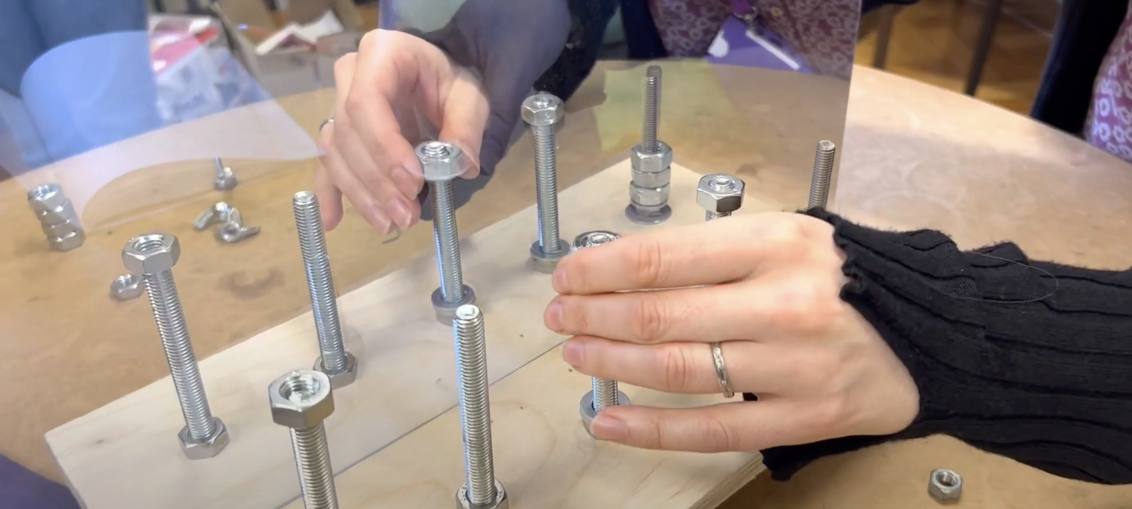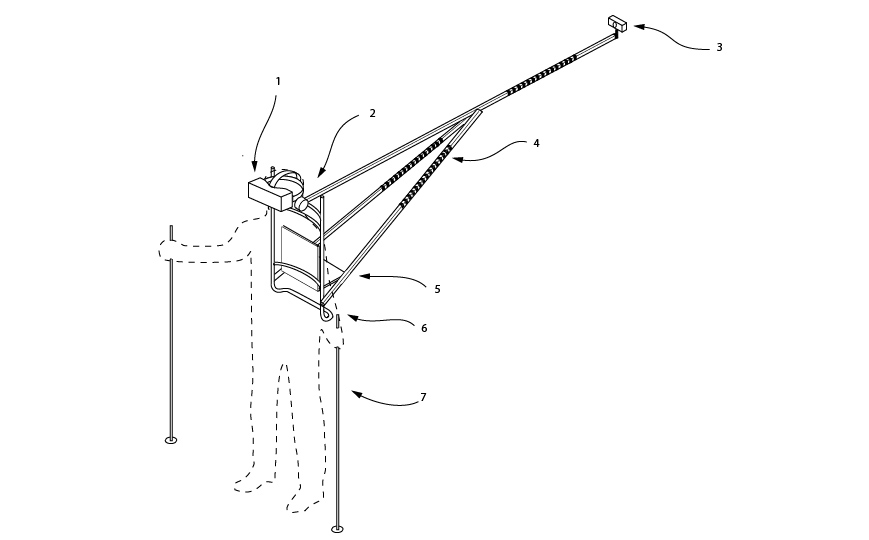
This page has some notes and background info on the activities and experiments we are employing for the Experience in Action project with Body Eyes and Movement (BEAM) Lab at the University of Manchester.
As part of my PhD research, I ran a number of workshops on perceptual illusions (all inspired by research at BEAM Lab and conversations with Dr. Ellen Poliakoff who also acted as one of my PhD supervisors) . The workshops often used the Rubber Hand illusion (RHI) and its many variations as a starting point. I gave participants instructions and asked them to experiment with different stimuli materials and arrangements and devise new experiments of their own. I found that observing participants experimenting and playing with ideas, rather than rigidly following instructions, often led to unexpected insights and ideas for new experiments. Experience in Action employs a similar methodology and builds on some of these ideas.
Motor observation’ and motor imagery
Montage of films used for experiments at BEAM Lab on ‘motor observation’. This film is being shown as part of our event at the Manchester Art Gallery.
This sequence of films was used during experiments at BEAM Lab on ‘motor observation’ and motor imagery which we are displaying in the gallery as part of the workshops at Manchester Art Gallery. In the experiments, participants were asked to observe an action, and then replicate the movement. The accuracy speed and amplitude of the resultant movement were then measured along with eye movement. The findings of the research showed that in general, the autistic group modulated their movements less than the control group. However after being given ‘explicit instructions to attend closely to the characteristics of the movement’ they were observing, the imitation of action style in the autistic group improved to levels similar to the non-autistic group ( Gowen E, Vabalas A, Casson AJ, Poliakoff E. Instructions to attend to an observed action increase imitation in autistic adults. Autism. 2020;24(3):730-743).
Mirror Hand Experiments
Recently in parallel with the research at BEAM Lab, I was also doing perception related workshops for students at the School of Digital Arts. In these workshops, I asked participants to perform a version of the RHI using a mirror as a partition between the hands just to see what happened. Instead of looking at a fake rubber hand, they tried looking into the mirror at what seemed to be their other hand through the mirror. They then taped and stroked or moved both hands in synchronisation, or using matching and mismatching stimuli – resulting in strange and uncanny sensations. This led to a number of interesting new ideas for experiments. In these films, you can see how students devised simple experiments using synchronous and asynchronous movements and stimuli. It is difficult to explain and perhaps illustrated most clearly in the following video. Bringing these ideas back to the lab, we decided to use this method to great effect in the workshops.
Mirror Hand Task experiment
This version of the Mirror Hand Experiment involves performing two identical tasks in synchronisation using a mirror as a partition however, this is a two-way mirror through which it is possible to see the other hand as a subtle visual overlay. This set-up again affords the possibility for much creative experimentation. In the following video, I have created two ‘almost’ identical sequential tasks which just slightly miss-match elements of scale and position. The effect is uncanny and difficult to describe. In this short video. In this video, we are exploring the Mirror Hands Experiment using a two-way mirror with the rest of the team at BEAM Lab and a fellow studio member at the end of the video.
Alien Hands Experiment
In this experiment, one participant places their hands under a flat-screen monitor. They then see what seems to be their own hands under the screen when in fact these are someone else’s hands, who is mirroring their actions. The effect can be quite uncanny especially if the appearance of the hands contrasts with their own [in scale, age or colour. Participants work together to lead or mirror the movements of what appears to be their own hands under a screen. More Info
Autoscopy – ‘self-seeing’
Autoscopic means ‘self seeing’. In this experiment, we have connected a 360 camera to a set of VR goggles, allowing you to see yourself from a 3rd-person perspective. We will ask participants to perform simple seated tasks while seeing their self in 3rd person. The experience can be uncanny and disorientating. This activity is based on the Autoscope a device that allows the user to see themselves in 3rd person from a location behind their body [A simulated out of body experience] see more info here…
